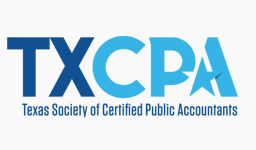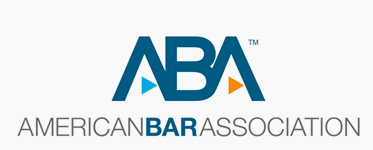One of the biggest mistakes people who owe tax debt make is ignoring the debt. Knowing you owe money to the federal government that you cannot pay can be scary and overwhelming.
However, it is vital that you address this debt because the Internal Revenue Service can try to collect the debt in various ways. They can garnish wages or put a levy on your property.
Many people are surprised to learn that as with most other debts, you can set up a payment plan with the IRS to repay your tax debt.
How a payment plan works
A payment plan allows you to make smaller payments on the full tax debt for a certain time until the debt is paid in full. Before agreeing to a payment plan, you should make sure that you can afford the payments and get the debt paid within the agreed upon time.
There are several benefits to a payment plan. The IRS cannot try to collect the debt while the payment plan is in effect. This means they cannot levy property, garnish wages or attempt any other collection efforts.
There are short and long-term payment plans available and you will likely be charged a cost for setting up the plan. The specific payment plan depends on your tax situation.
If you are approved for a payment plan, the process works the same as paying off any other debt. You must make a minimum monthly payment before a certain due date.
Future tax refunds are applied to the payment plan
You are still required to file tax returns on time and pay any future taxes when due. Unfortunately, you may have to go without tax refunds while your payment plan is in effect, since all future refunds are applied to the outstanding balance. You must still make your next scheduled payment even if a refund is applied to the balance.
A payment plan can be the answer to your tax debt, but qualifying for one, setting it up and maintaining it can get complicated. It is best to have professional guidance through the process.












